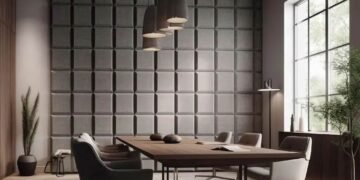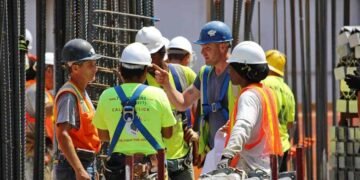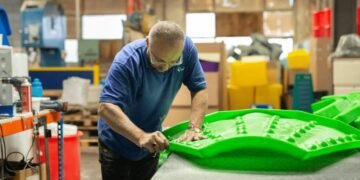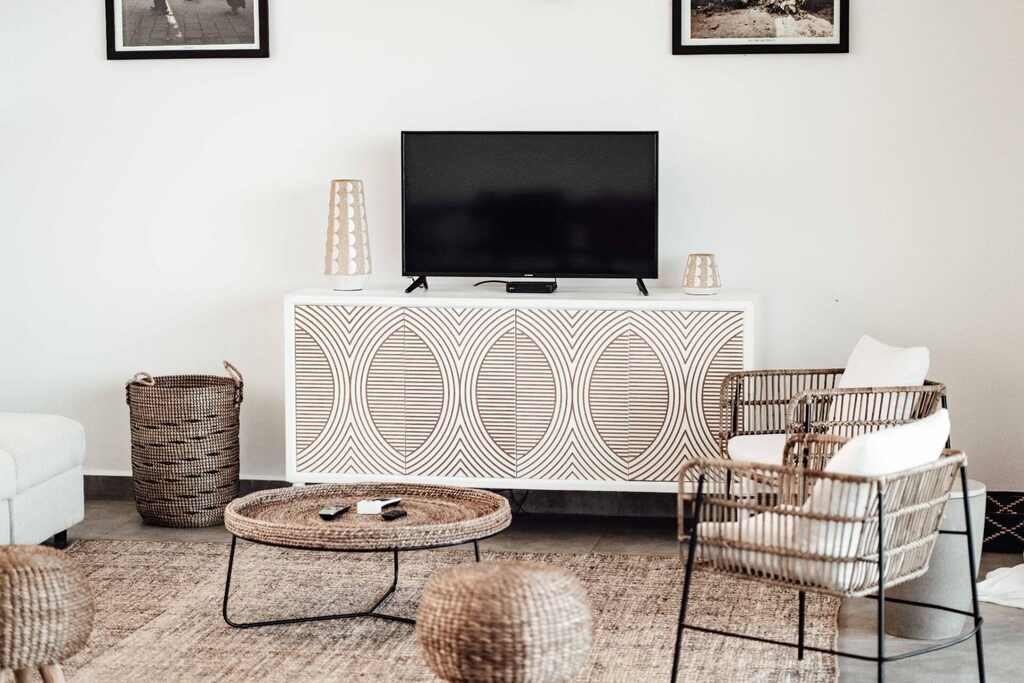When discussing modern architecture, prefab steel buildings have emerged as versatile solutions catering to many needs. Often misunderstood, these structures like prefab garages, storage units and workshop buildings carry a set of negative myths that cloud their true potential. This article will shed light on a few of these misconceptions and uncover the positive aspects that make prefab steel buildings a smart choice for various applications.
Myth 1 – Lack of Aesthetic Appeal
Some critics argue that prefab steel buildings sacrifice aesthetics for functionality. However, this notion couldn’t be farther from the truth. Prefabricated steel structures come in a variety of styles, from sleek and modern to traditional and rustic. The inherent flexibility of steel allows architects to play with shapes, textures, and finishes, creating visually stunning structures that seamlessly blend into their surroundings.
Myth 2 – Limited Customization
Prefabricated steel buildings are often wrongly accused of being one-size-fits-all solutions. The reality, however, is that these structures can be highly customizable. Manufacturers offer various floor plans, interior layouts, and exterior finish options. Whether it’s a commercial space, a residential unit, or an industrial facility, prefab steel buildings can be tailored to meet specific requirements, ensuring that the end result is far from generic.
Myth 3 – Durability and Longevity Concerns
Detractors sometimes raise concerns about the durability and longevity of prefab steel buildings, assuming they might be prone to rust and corrosion. Yet, modern engineering has led to significant advancements in steel coatings and treatments, effectively preventing such issues. Prefab steel buildings are now built to withstand harsh weather conditions, from scorching sun to heavy snowfall, making them an excellent choice for both temperate and extreme environments.
Myth 4 – Limited Application
The misconception that prefab steel buildings are suitable only for warehouses or storage units is an outdated belief. These structures have demonstrated their adaptability across various sectors. From schools and healthcare centers to retail spaces and art galleries, prefab steel buildings provide ample space and a solid foundation for diverse functions. Their versatility encourages architects and designers to think beyond the conventional, resulting in innovative and functional spaces.
Myth 5 – Environmental Impact
Some critics argue that prefab steel buildings have a negative environmental impact due to the energy-intensive steel production process. However, this myth overlooks the sustainable features of these structures. Steel is one of the most recyclable materials, reducing the demand for new resources. Additionally, prefab construction generates less waste compared to traditional building methods, as components are precisely manufactured off-site. This minimizes the environmental footprint and reduces construction time and costs.
Myth 6 – Affordability Concerns
Contrary to the belief that prefab steel buildings are expensive, they often offer significant cost savings. The efficiency of prefab construction minimizes labour costs and construction time, translating to lower overall expenses. Moreover, steel’s durability and low maintenance requirements lead to long-term savings. The initial investment in prefab steel storage units, garages and workshop buildings proves to be a wise financial decision, especially when considering the structure’s longevity and adaptability.
Conclusion
Prefab steel buildings stand as a testament to innovation and versatility in architecture. By dispelling the negative myths surrounding these structures, you can see a world of possibilities they offer. From aesthetics and customization to durability and sustainability, prefab steel buildings combine form and function harmoniously.
Their ability to adapt to various purposes, whether residential, commercial, or industrial, showcases their true potential in shaping the built environment. New horizons are explored in design and construction; it’s essential to recognize prefab steel buildings for what they are: dynamic, efficient, and transformative spaces that challenge conventions and inspire creativity.
Recommended Posts:















